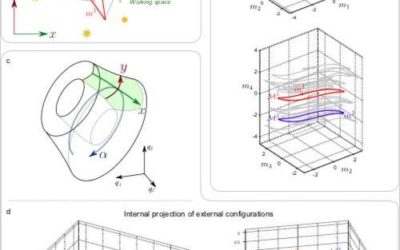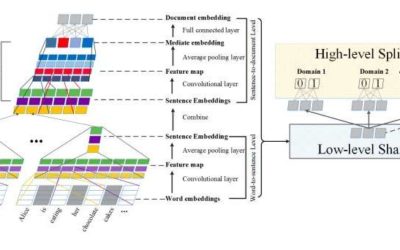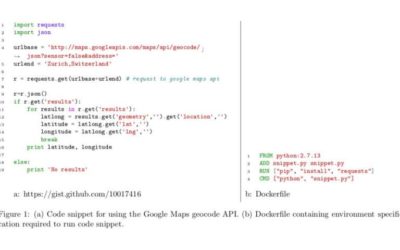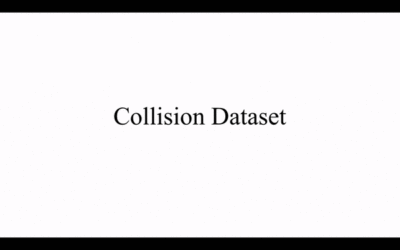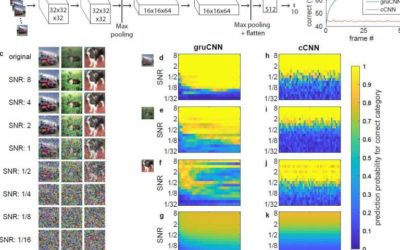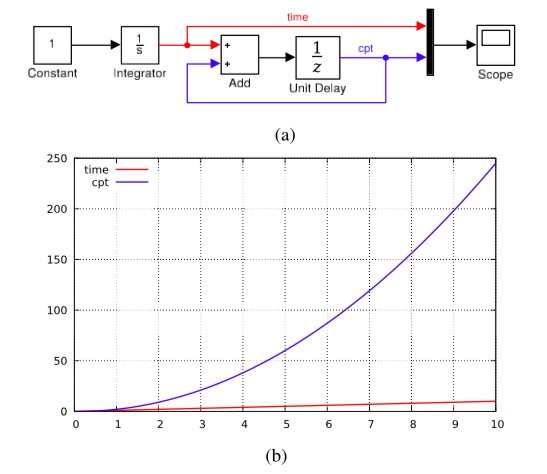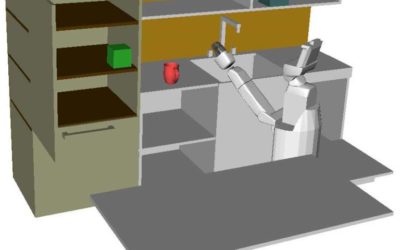Researchers at Sorbonne Universités and CNRS have recently investigated the prerequisites for the emergence of simplified spatial notions in robotic systems, based on on a robot's sensorimotor flow. Their study, pre-published on arXiv, is a part of a larger project,...
TECHXPLORE
An emotional deep alignment network (DAN) to classify and visualize emotions
Researchers at the Polish-Japanese Academy of Information Technology and Warsaw University of Technology have developed a deep alignment network (DAN) model to classify and visualize emotions. Their method was found to outperform state-of-the-art emotion...
A new method to express robot incapability
Researchers at Cornell University and the University of California, Berkeley, have developed an a method to automatically generate motions with which robots can express their inability to complete a given task. These generated motions clearly communicate both what...
A neural network to extract knowledgeable snippets and documents
Every day, millions of articles are published on social media and other platforms, receiving a vast amounts of clicks and shares from users navigating the web. Many of these articles contain useful information that, if extracted, could be used to compile knowledge...
Researchers compile a new database of executable Python code snippets on GitHub
A team of researchers at North Carolina State University has recently carried out an empirical analysis of the executable status of Python code snippets shared on GitHub. Their study, pre-published on arXiv, also presents Gistable, a new database of executable Python...
An intuitive physics model to predict the effects of a collision
Humans have the innate ability to predict the effect of collisions, merely using their common sense. In many cases, humans can even predict the results of similar collisions in situations in which mass, friction, or other factors vary. Could machines also attain a...
Computer vision in the dark using recurrent CNNs
Over the past few years, classical convolutional neural networks (cCNNs) have led to remarkable advances in computer vision. Many of these algorithms can now categorize objects in good quality images with high accuracy.
A new approach for designing and implementing a hybrid systems language
Hybrid systems are systems that exhibit both continuous and discrete dynamic behavior, allowing more flexibility in modeling dynamic phenomena. Hybrid systems modeling languages are widely used for the development of cyber-physical systems, in which control software...
A chance constrained motion planning system for high-dimensional robots
Researchers at MIT's Computer Science and Artificial Intelligence Laboratory have recently developed a chance-constrained motion planning system that can be applied to high degree-of-freedom (DOF) robots under motion uncertainty and in cases of imperfect state...
A conceptual framework for modeling human-robot trust
Researchers at Pennsylvania State University, MIT and Georgia Institute of Technology have recently developed a conceptual framework to model the human-robot trust phenomenon. Their framework, outlined in a paper published on ACM Digital Library, uses computational...

